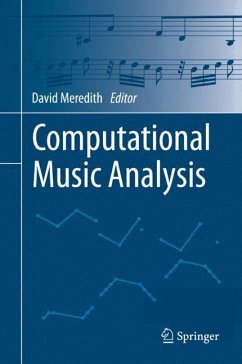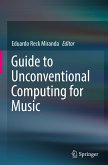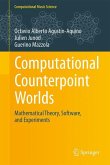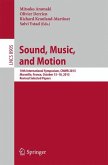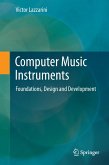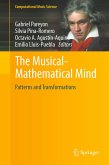This book provides an in-depth introduction and overview of current research in computational music analysis. Its seventeen chapters, written by leading researchers, collectively represent the diversity as well as the technical and philosophical sophistication of the work being done today in this intensely interdisciplinary field. A broad range of approaches are presented, employing techniques originating in disciplines such as linguistics, information theory, information retrieval, pattern recognition, machine learning, topology, algebra and signal processing. Many of the methods described draw on well-established theories in music theory and analysis, such as Forte's pitch-class set theory, Schenkerian analysis, the methods of semiotic analysis developed by Ruwet and Nattiez, and Lerdahl and Jackendoff's Generative Theory of Tonal Music.
The book is divided into six parts, covering methodological issues, harmonic and pitch-class set analysis, form and voice-separation, grammars and hierarchical reduction, motivic analysis and pattern discovery and, finally, classification and the discovery of distinctive patterns.
As a detailed and up-to-date picture of current research in computational music analysis, the book provides an invaluable resource for researchers, teachers and students in music theory and analysis, computer science, music information retrieval and related disciplines. It also provides a state-of-the-art reference for practitioners in the music technology industry.
The book is divided into six parts, covering methodological issues, harmonic and pitch-class set analysis, form and voice-separation, grammars and hierarchical reduction, motivic analysis and pattern discovery and, finally, classification and the discovery of distinctive patterns.
As a detailed and up-to-date picture of current research in computational music analysis, the book provides an invaluable resource for researchers, teachers and students in music theory and analysis, computer science, music information retrieval and related disciplines. It also provides a state-of-the-art reference for practitioners in the music technology industry.
"A surprisingly large number of people in the computing field are also skilled musicians; this book will certainly appeal to them. ... This volume is a collection of current papers that gives a good introduction to the current state of the field, popular techniques, and key challenges. ... This book is well organized, deep, sound in methodology, challenging, and fascinating. It should be accessible for those with knowledge in both areas: computational methods and music." (Creed Jones, Computing Reviews, computingreviews.com, June, 2016)
"The book has 17 chapters contributed by some of the leading music researchers, who have collectively done a terrific job in addressing as many topics as possible in this interdisciplinary area. ... I would strongly recommend this lucidly edited volume to all music researchers, as well as to students of music theory and analysis. It will also be useful to those interested in music technology." (Soubhik Chakraborty, Computing Reviews, computingreviews.com, June, 2016)
"The book has 17 chapters contributed by some of the leading music researchers, who have collectively done a terrific job in addressing as many topics as possible in this interdisciplinary area. ... I would strongly recommend this lucidly edited volume to all music researchers, as well as to students of music theory and analysis. It will also be useful to those interested in music technology." (Soubhik Chakraborty, Computing Reviews, computingreviews.com, June, 2016)

